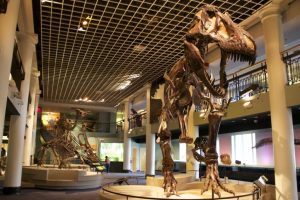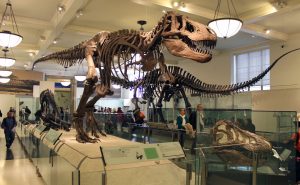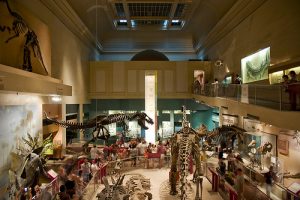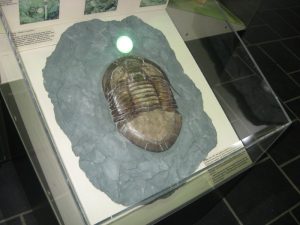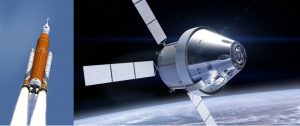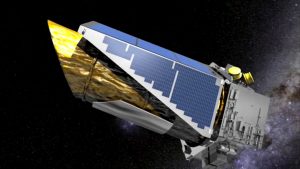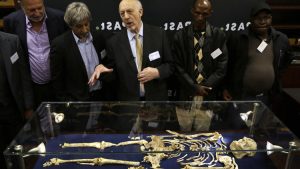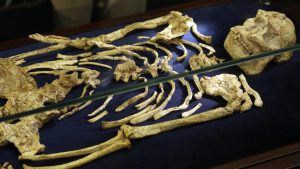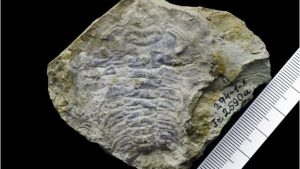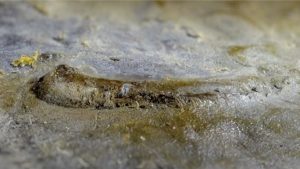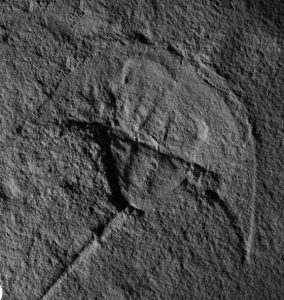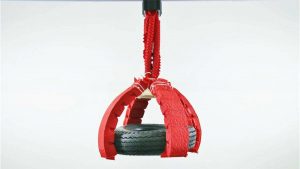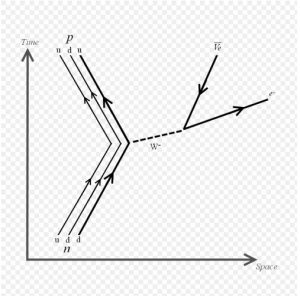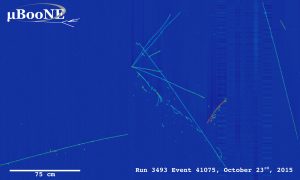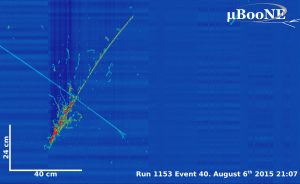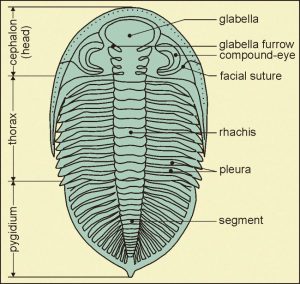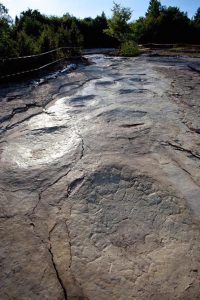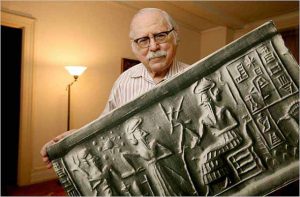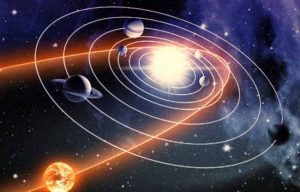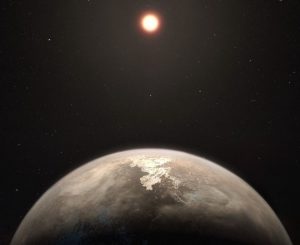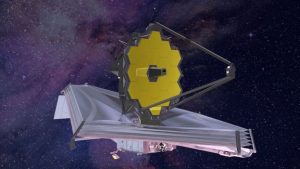When most people think about telescopes they immediately think of a long tube with either lenses or mirrors to gather visible light and magnify the resulting image. For a good three hundred years from the time of Galileo until less than a hundred years ago these were the only type of telescope that existed.
Starting in the 1950s however a new kind of telescope came into use by astronomers, radio telescopes. Telescopes that were designed to gather radio waves from outer space and whose images allowed astronomers to look at the universe in a whole new way.
Radio telescopes however have one big disadvantage when compared to their optical cousins. Since a radio wave is a million or more times longer than a wave of visible light a radio telescope has to be a million times bigger than an optical telescope in order to see with the same precision, the same definition. In fact you’d need a radio telescope 120 kilometers across in order to have the same resolution as the little 12cm telescope I had when I was growing up. Because of this the need to built ever bigger radio telescopes, and to find ways to still keep the costs down, has been one of the key engineering problems of modern science. A big step forward will be the construction of the Square Kilometer Array (SKA) radio telescope in western Australia.
Now Murchison Shire in Western Australia is probably the best place in the world to build a radio telescope because in an area the size of New Jersey there are less than a thousand residents. The image below gives some idea of the emptiness of Murchison Shire.

Because Murchison Shire is so uninhabited that means the place is radio quiet, no TV stations, no radio stations or cell phone towers to generate signals that could interfere with the signals coming from pulsars or stellar nurseries or distant galaxies.
Also, because there are different types of radio waves, long waves, short waves, microwaves the SKA will actually be composed of three different antennas occupying the same area of land. One of the arrays, the SKA Low (SKAL) antennas will receive signals in the 50 to 350 MHz (that’s 50 to 350 million cycles per second) frequency range. The entire SKAL will consist of tens of thousands of antennas that resemble wire Christmas Trees, see image below. One of the advantages of Radio Telescopes is that it is relatively easy to add the signals from two or more antennas in order to get an effectively bigger telescope.
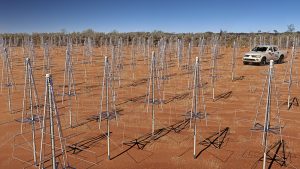
The Murchison Widefield Array (MWA) will operate in the same manner, a huge number of small antennas combining their signals in order to do the job of one huge antenna. The image below shows some of the first antennas of the MWA.

The SKA will also have some of the large dish antennas commonly associated with radio astronomy. 188 dishes between 13 and 15 meters in diameter will make up the SKA Pathfinder telescope. The Pathfinder telescope will also digitally combine its signals with another set of 197 radio dishes in South Africa effectively making them a telescope whose resolution is equivalent to one the size of the Indian Ocean. The image below shows some of the dishes of the Pathfinder telescope.
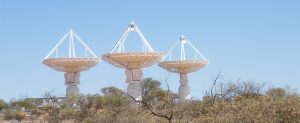
It is estimated that with the current level of funding from ten member nations the Square Kilometer Array will be completed by 2025 but another advantage about combining thousands of small radio telescopes into a big one is that even a partially completed array can still do useful work. Astronomers hope that the SKA will soon be giving them a better view of objects in space that cannot be studied in visible light. I expect the discoveries to start very soon.
If you’d like to learn more about the Square Kilometer Array click on the link below to be taken to their website. (You can also find out if your country is a part of the SKA organization!)

